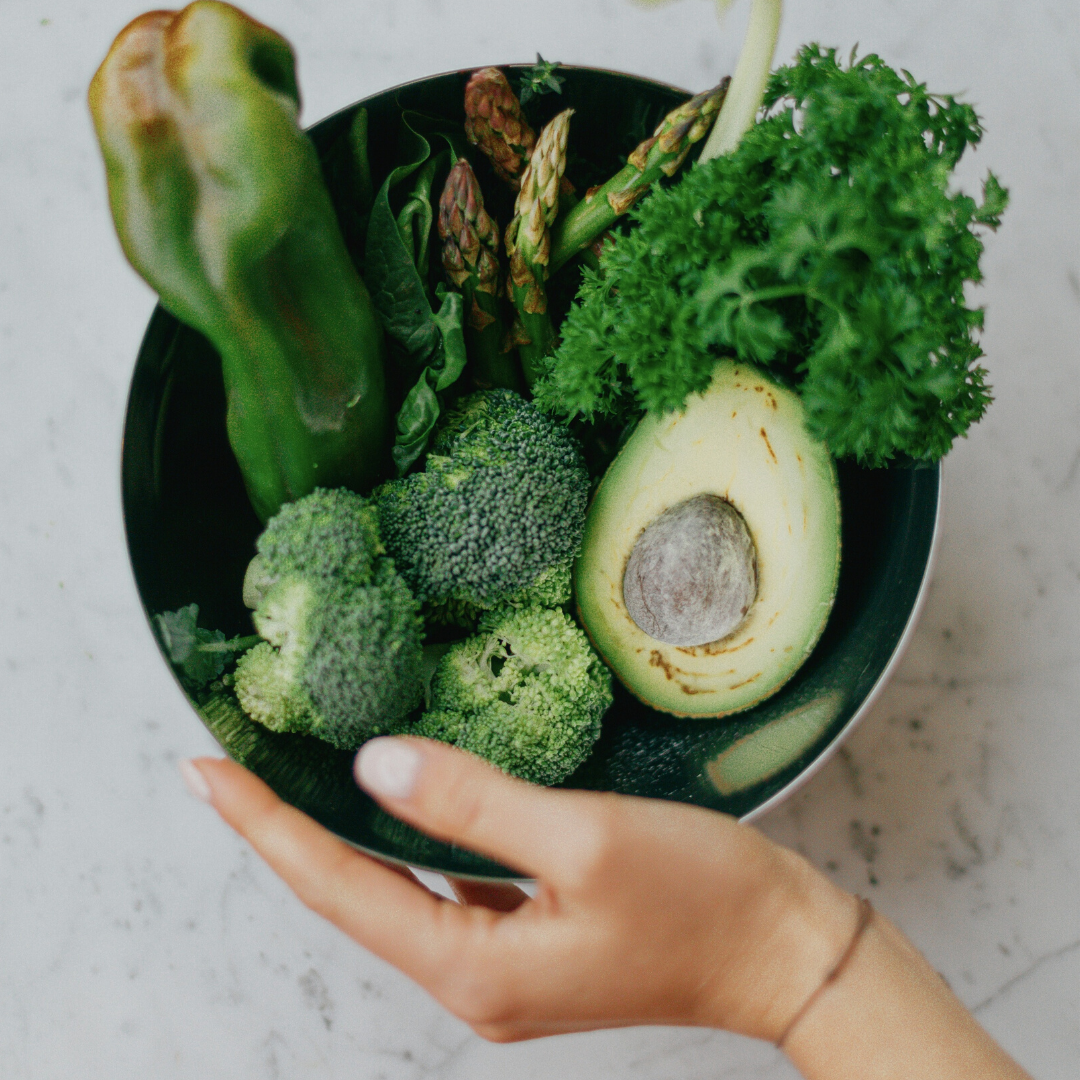
Every bite counts!
Share
Normally, we are more concerned with the topic of „how to avoid waste". But there is much more to sustainable everyday life. As part of "World Earth Day", we therefore took a look at the topic of food. And as if we hadn't already felt it in our stomachs: because what we eat influences what our world will look like tomorrow.
[featured-image-wide caption="Every bite decides what the world will look like tomorrow. (image: Pexels from Daria Shevtsova)"]
How?
For example, did you know that the production of all our food accounts for 26% of global CO₂ emissions? Yet the production of conventionally produced meat and dairy products is responsible for a large proportion of this CO₂ in the Earth's atmosphere. This is because meat and dairy products cause more than half of the total CO₂ emissions in food production. For every animal kept, an area of land is needed for keeping and growing fodder. In addition, there is processing, transport, etc. Beef and lamb produce the most CO₂ emissions because they also emit methane through their digestion. This is followed by shrimp and fish farming. Poultry and pork have a smaller share of CO₂ emissions.
Although meat consumption in our countries is stagnating and decreasing minimally, global meat consumption is increasing and many natural areas (forests, moors, etc.) that serve as carbon reservoirs are having to make space for the meat industry. It is currently the main reason why rainforests are being cut down. This is a bit counterproductive, because natural areas like rainforests absorb CO₂ emissions. So if livestock farming grows and thus its CO₂ emissions, the CO₂ reservoirs are reduced at the same time. So more and more CO₂ emissions enter the atmosphere, which warms up as a result.
[img]

[img-end caption="Plant-based foods often have a low CO₂ balance. (Photo: Pexels by lisa.)"]
Which foods produce a lot of CO₂-equivalents*?
But it's not just animal foods like meat and dairy that produce a lot of CO₂ emissions. We have listed the top CO₂-emitting producers here:
100 g butter = 2.4 kg CO₂-equivalents
For one 100 g butter, 1.8 litres of milk are needed. A 250g piece of butter from the freezer shelf generates 6kg of CO₂-equivalents.
100g of beef = 1.3kg of CO₂-equivalents
In addition to high CO₂- emissions, cattle farming also consumes an enormous amount of water. So a 125g beef pattie produces 1.625 kg of CO₂-equivalents!
100 g of cheese and cream = 0.85 kg and 0.76 kg of CO₂-equivalents
Again, a product from the cow. Large quantities of milk are also needed for the production of cheese and cream. The higher the fat content in the product, the more damaging it is to the climate because more milk is needed.
[box colour="teal "text="CO₂-equivalents (CO₂e) are a unit of measurement used to standardise the climate impact of different greenhouse gases. In addition to the most important man-made greenhouse gas, carbon dioxide (CO₂), there are other greenhouse gases such as methane, nitrous oxide or sulphuryl difluoride."]
100 g frozen fries = 0.57 kg CO₂-equivalents
The cultivation of potatoes does not produce as much CO₂. However, french fries consume a lot of energy in the production process. Drying, frying and freezing produce CO₂ equivalents.
100 g chocolate = approx. 0, 35 kg CO₂ equivalents
It was bound to happen. Unfortunately, our favourite snack, chocolate, is also harmful to the climate. For one thing, a lot of water is needed for its cultivation. And for another, it contains a high proportion of milk. Many commercially available chocolates often contain palm oil, for the cultivation of which valuable rainforests are cleared on a large scale.
100 g pork/poultry = approx. 0.34 Kg CO₂-equivalents
If it has to be meat, then pork and chicken are the better choice. Compared to cattle, these animals do not emit any climate-damaging methane gas. However, a lot of land is cleared for feed and farming.
[img]

[img-end caption="Fast food is tasty, but produces a lot of CO₂ equivalents. (Photo: Pexels by lovefood art)"]
100 g rice = 0.17 Kg CO₂-equivalents
Unfortunately, rice is not climate-friendly either. Rice is largely grown on flooded fields. Microorganisms form in the water and decompose the organic material of the plants after harvesting, producing methane.
Flight vegetables and fruit:
There are products such as asparagus, berries, flight mangoes that we like to eat almost every year, but because they have to be ripe and fresh are transported by plane.This form of transport consumes about 50 times more CO₂ equivalents than transport by ship. Rule of thumb: avoid everything that has to be eaten very ripe and fresh and is not in season.
[box-wrap colour="teal"]What can we do?
- Generally reduce our consumption of meat and animal products, e.g. to 1 time a day. or 1 - 2 times a week.
- Eat more plant-based foods.
- Enjoy pleasurable foods such as chocolate and coffee as something special rather than eating them every day.
- Red foods should be reduced or dry-grown rice should be preferred (Europe).
- Eat seasonal, regional and sustainable foods. Because this leads to less transport and, above all, ensures biodiversity and soil fertility.[box-wrap-end]
Source:
[link href="https://www.swrfernsehen.de/marktcheck/hintergrund/article-swr-5774. html"]
[link href="https://ourworldindata.org/environmental-impacts-of-food?country=#carbon-footprint-of-food-products"]
[box-wrap colour="gray"]Were you able to find the post helpful and did you like it? Or do you have further tips or questions about its use? Write to us at info@unwaste.org. We look forward to starting a dialogue with you.[box-wrap-end]
